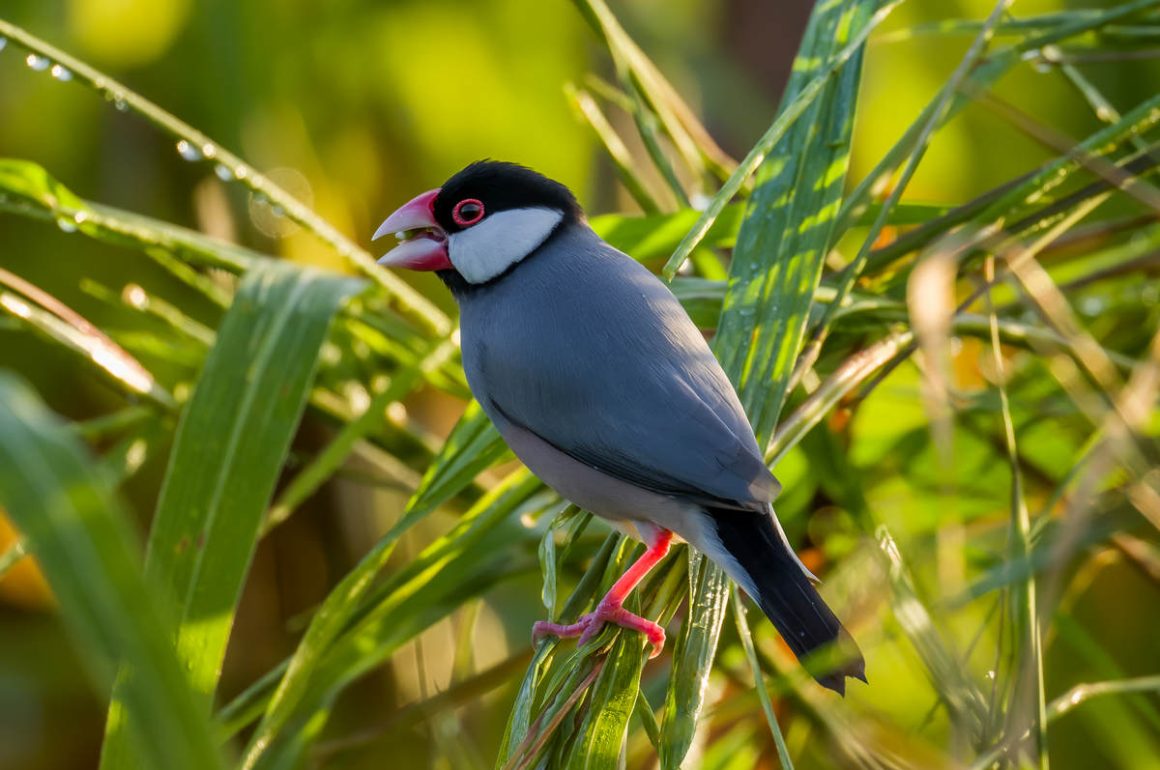
When birding Sabah, Borneo, one almost inevitably passes through Kota Kinabalu, the biggest city and the destination of almost all international flights. While no birder would come here just for the birds of the city, some of them are worth spending a few hours on. One location to find them is Tanjung Aru Beach – I will probably write a separate post on it later. Another option is just to find some rice paddies on the outskirts and look for birds.
There, you may find the Java Sparrow. The HBW describes its conservation status as “somewhat paradoxical” – it is listed as Endangered on its native island of Java due to trapping for food and for the cage bird trade. However, it is quite common in many areas it has been introduced to, including parts of Borneo.
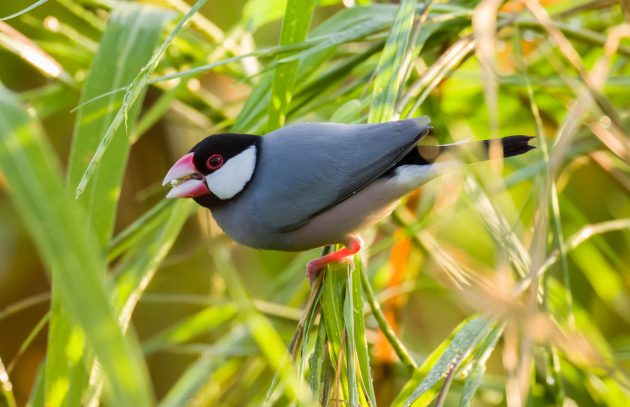
Like many immigrants, the bird is banned from entering the USA, though not by the usual government agencies but by the Department of Agriculture. As a bird mainly feeding on seeds, it is regarded as a threat to crops (in fact, the Latin species name of oryzivora combines the words for rice, “oryza”, and eating, “vorus”).
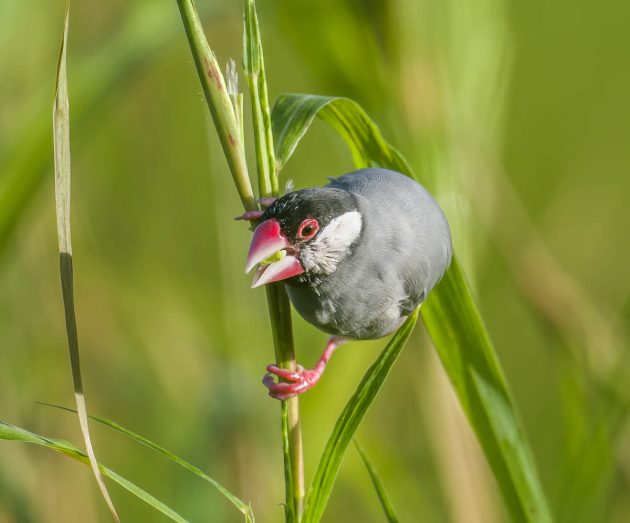
If you are a listener of classical music, do you prefer Schoenberg or Bach? If you choose the latter, your music taste is more aligned with that of Java Sparrows (though the sample size in this study, 4 birds, of which 2 preferred Bach while the other two showed no clear preference, seems rather small).
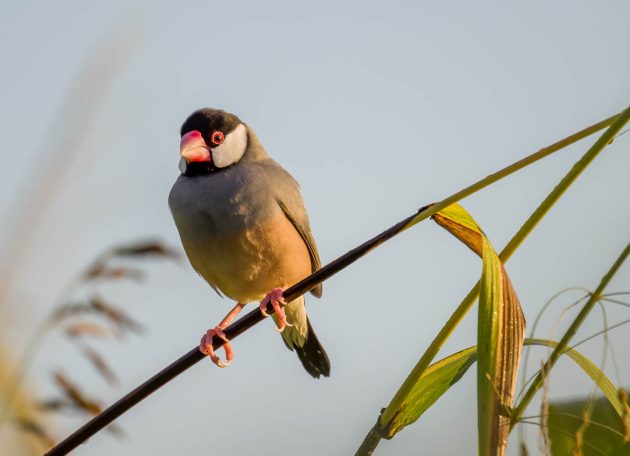
Another study provides some hope to human males who think of themselves as good karaoke singers. The study showed that male Java Sparrows in better condition can sing songs with larger note repertoires and higher trill performance. So, females may also take better singing as an indicator of better health.
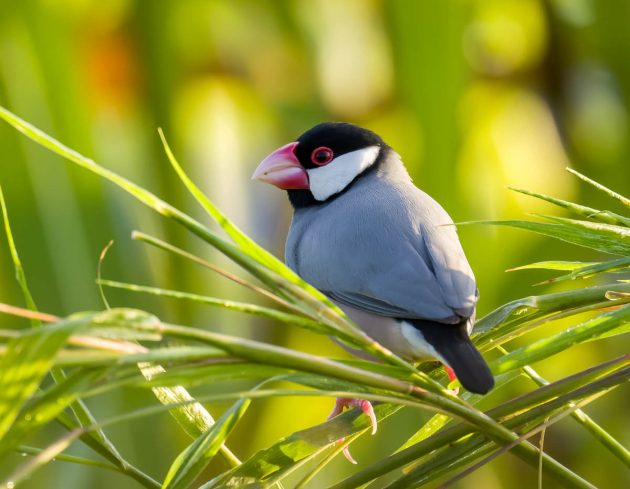
(I know I have quoted from it before, but need to quote the lines “It didn’t take much for you to fall under my spell but up until then you’d never seen karaoke sung well” from Alan Power’s “Prodigal Son” again).
Continuing with the topic of singing, apparently, Zebra Doves are highly valued for their singing, particularly in parts of Southern Thailand.
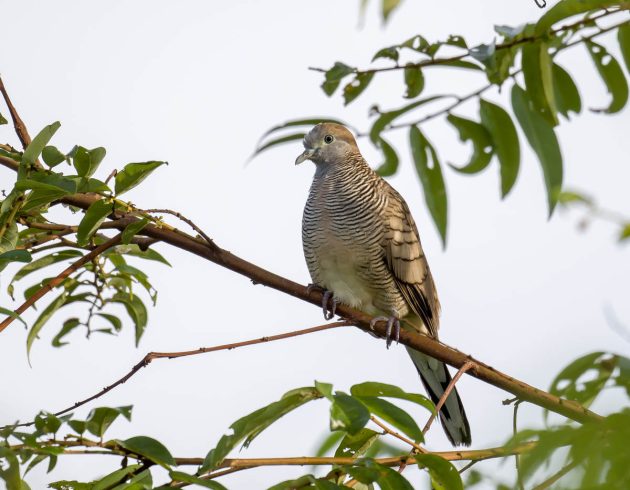
One source even states that a place called Chana in Thailand is “the emerging Southeast Asian capital of Zebra Doves” and that there “the doves are not only worth more than gold but also hold higher values in the local society”.
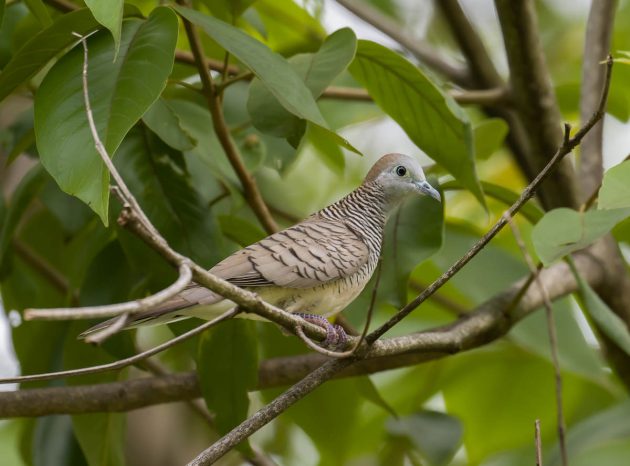
So, when a large gas separation plant was built in Songklha, Thailand, the locals were not only worried about the impact of the emissions on their own health but also on their Zebra Doves – and subsequent research seems to have confirmed these negative effects.
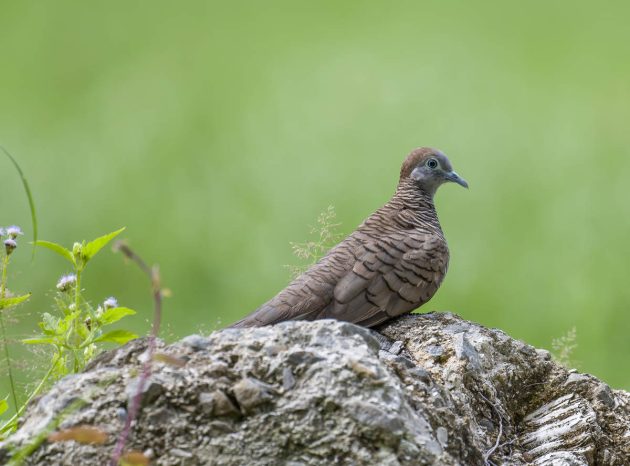
The importance of the Zebra Doves‘ singing is also implied in the Javanese language – apparently, “Zebra Dove” is a Javanese metaphor for a particular vocal type (source).
The rice paddies are also the habitat of three different munia species: the Scaly-breasted Munia …
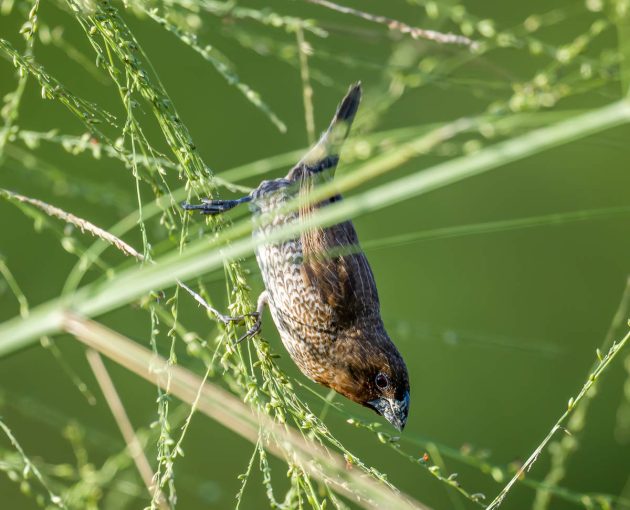
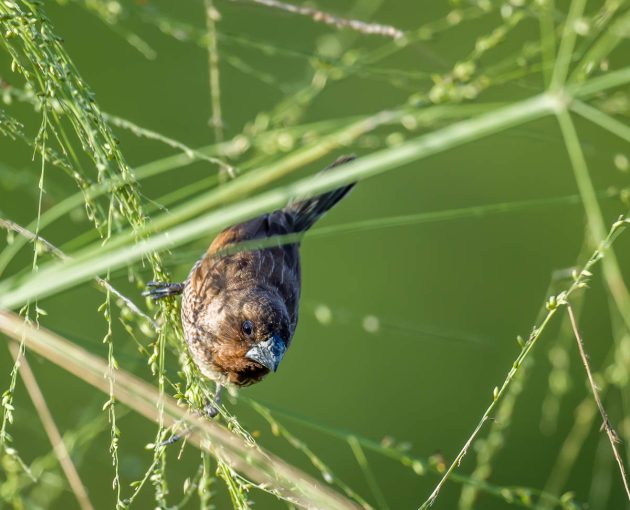
… the Chestnut Munia (despite the eBird statement that the species “prefers wetter areas than Scaly-breasted Munia” – both were found in exactly the same location) …
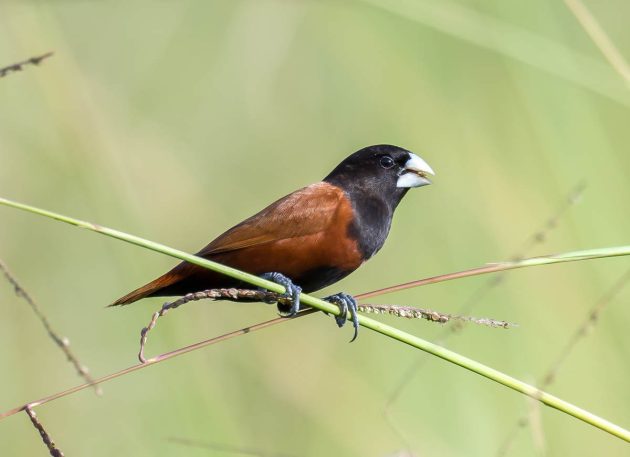
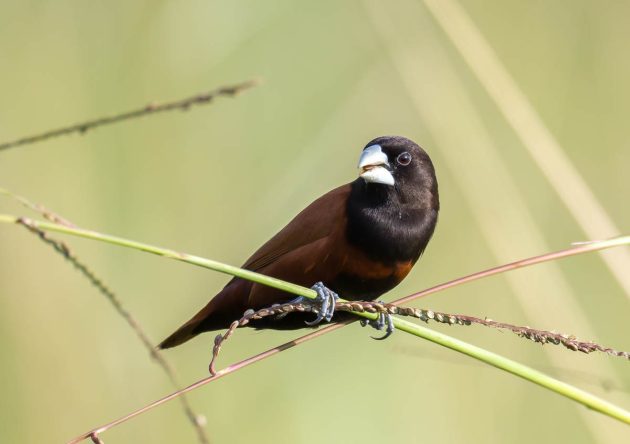
… and the Dusky Munia. The latter apparently adapts to its hot and humid environment by reducing its metabolism (source), an option that unfortunately is not easily available to the constantly sweating birdwatcher/bird photographer.
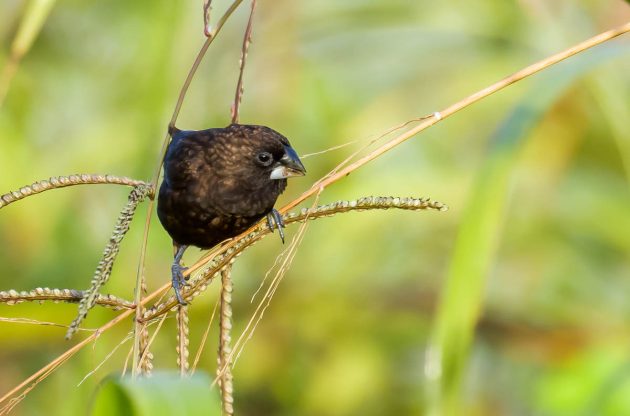
The latter paper makes me glad not to be involved in ornithological research, as it casually mentions that “Munias proved difficult to maintain in captivity, would not eat, and generally died within a day or two.”
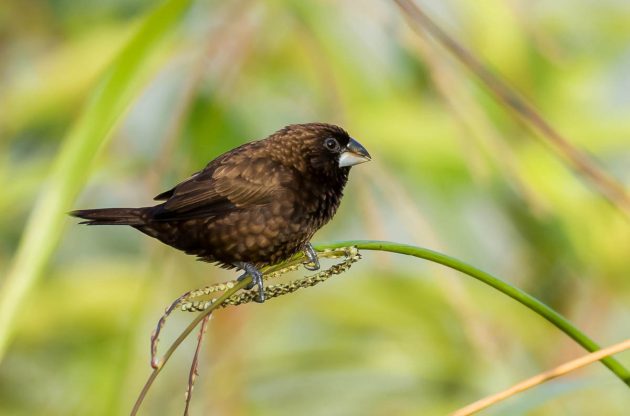
Maybe better to be caught by a Brahminy Kite than to die in a cage of a researcher … though small birds make up for only a small part of the diet of these kites.
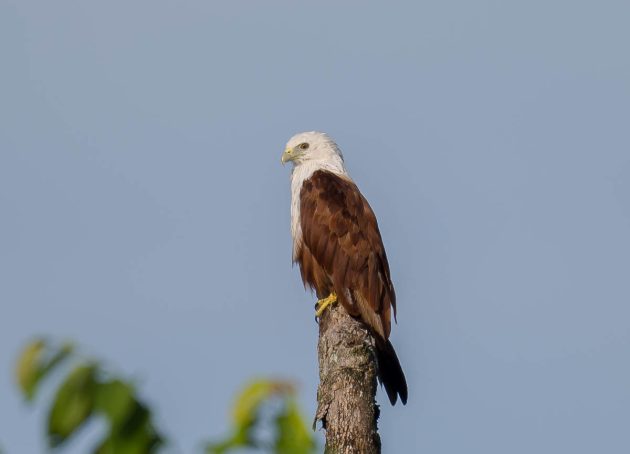
Wordnik defines “Brahminy” as “Devoted to Siva by the Brahmans”, which answers one question but leads to two follow-on questions, who is Siva (“Shiva performs several roles as a Hindu deity. He is the great ascetic, the master of fertility, the master of poison and medicine, and Lord of Cattle. His combined roles are exemplary of a tendency in Hinduism to see complementary qualities in a single ambiguous figure”, Brittanica), and who are the Brahmans (members of the highest Hindu caste, that of the priesthood, Oxford Reference). No further follow-on questions (“What doe Hindu mean? Why is there a Lord of Cattle, and what exactly is his job description? When will you finally return to the main topic of this post, which I thought was birds?”) allowed.
eBird calls the White-breasted Woodswallow a “chunky” bird – members of the species might find this slightly offensive.
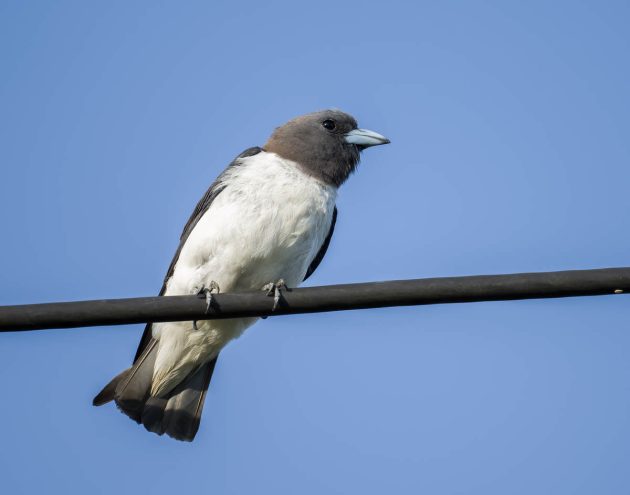
The journal “Australian Bird Watcher” has a paper titled “White-breasted Woodswallows ‘Artamus leucorhynchus’ feeding on distasteful butterflies” describing woodswallows eating a certain species of butterflies – but without explaining why these are “distasteful”. Did science go as far as the researchers eating some of the butterflies themselves, in order to judge their taste?
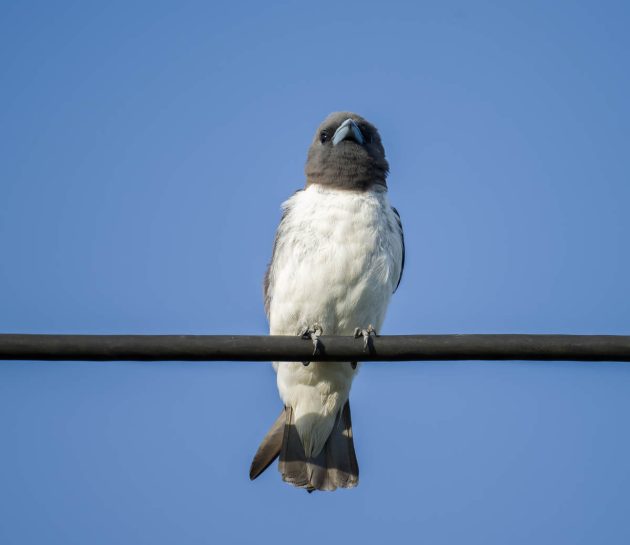
As the photo below shows, these birds stay healthy by going through an elaborate routine of yoga exercises that never work that well for me.
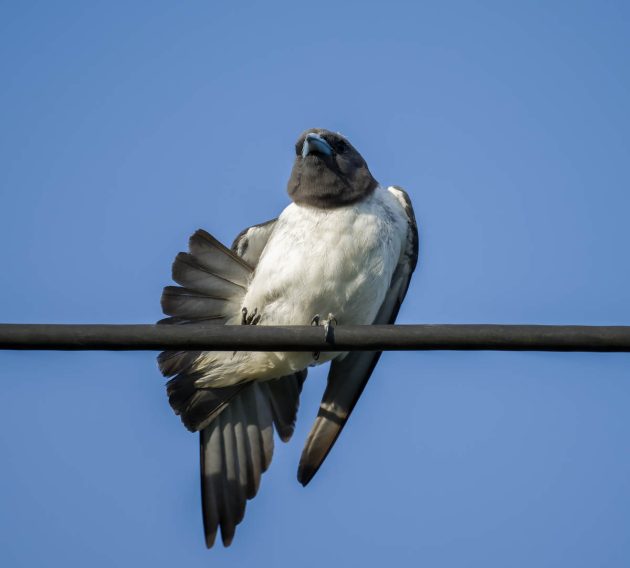
Apparently, the Malaysian Pied Fantail has only recently been split from the Philippine Pied Fantail. Its white eyebrow (you can say supercilium instead if you want to sound more scientific) is less pronounced than that of its Philippine relative, giving it a cuter, less stern look
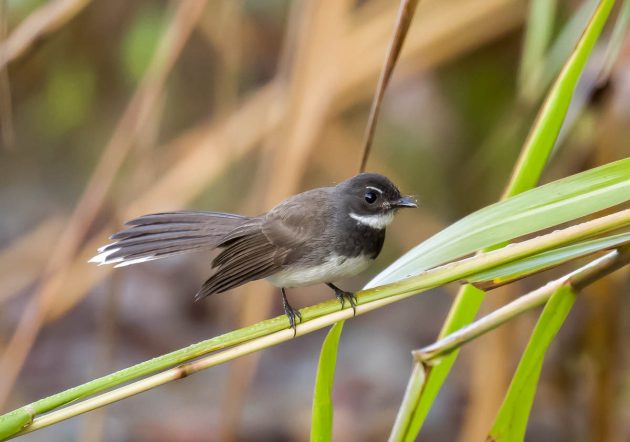
Showing only the photo of a female Pink-necked Green Pigeon is unfortunate as only the male has an actual pink neck. Blame the incompetent photographer for not capturing a male.
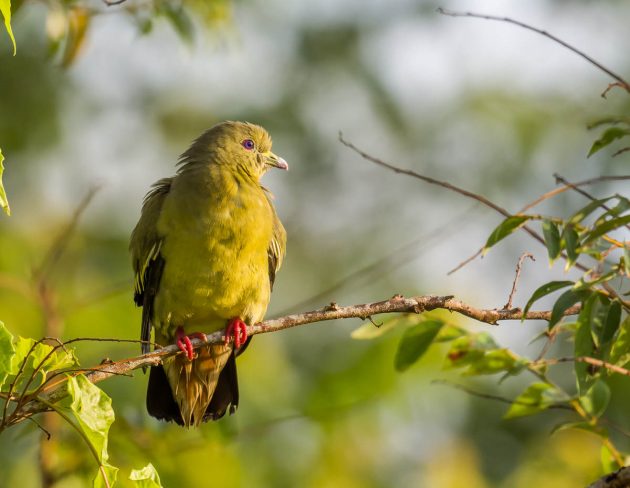
Unfortunately for the storyline of my blog post, the Latin species name “vernans” just means “brilliant” or “flourishing” rather than being the name of a cruel and evil Western explorer such as Edward Vernans, Count of Aberdeen (1805-1845), a Scottish explorer of Borneo who I just made up.
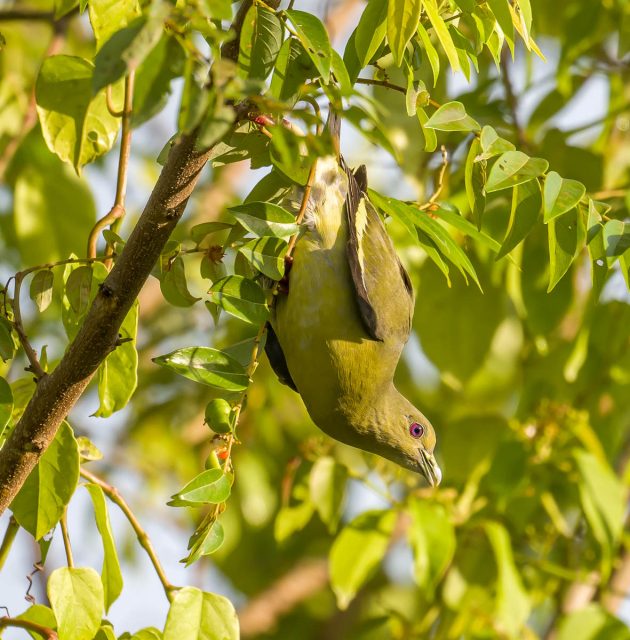
I was wondering whether it is still politically correct to use the word pygmy, as in Sunda Pygmy Woodpecker. There are quite a few synonyms for pygmy – maybe in the future, we will have to talk of the Sunda Undersized Woodpecker?
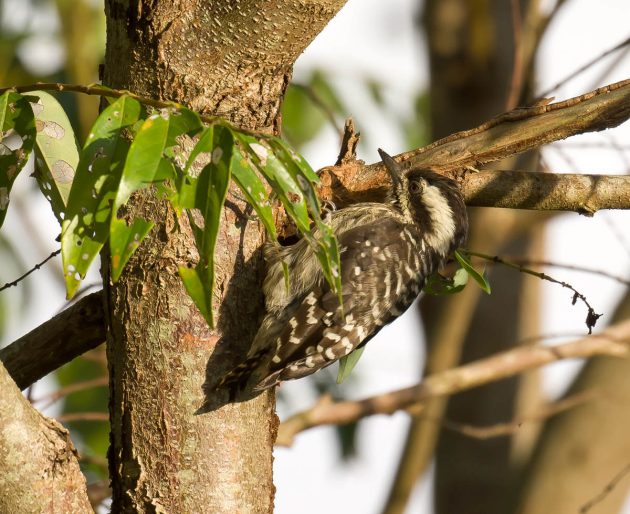
Somewhat surprisingly, eBird does not seem to regard this species as cute, calling it instead a “small plain woodpecker”.
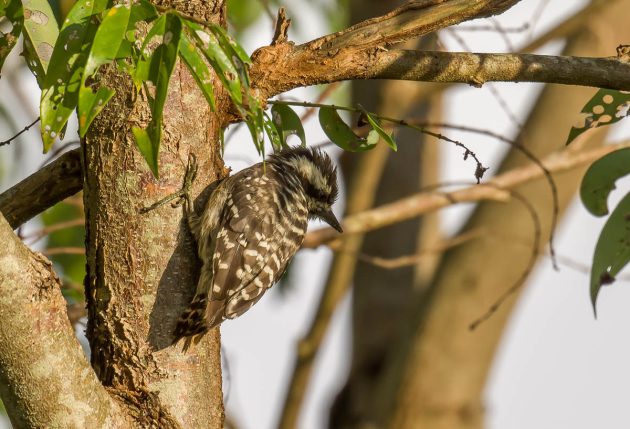
I did not know before, but there is a scientific magazine titled “Journal of Oil Palm Research”. Indeed, driving through Borneo later on this trip, I got the impression that at least the lowlands of Sabah mostly consist of oil palms. Anyway, said journal has a paper on the diet of the Yellow-vented Bulbul, as this species is a very common one in oil plants.
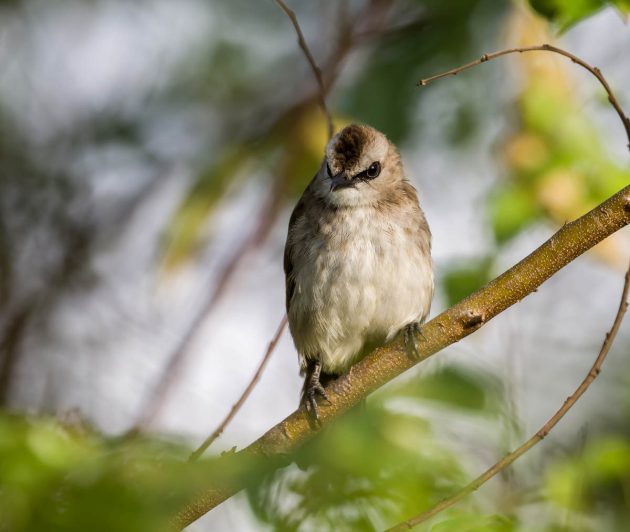
I guess the researchers – not being ornithologists – did not have a particularly hard time writing a sentence such as “In this study, 45 individuals of P. goiavier [Yellow-vented Bulbul] were dissected for stomach content analysis”.
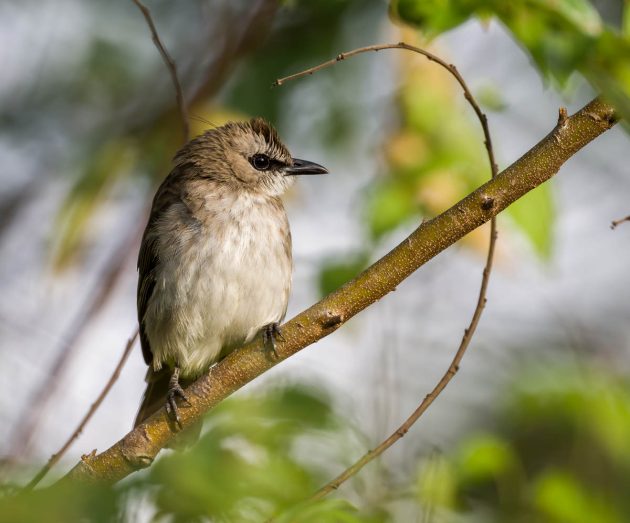
The results of the study are not entirely positive for the bulbul – while it feeds on insects, which might be seen as beneficial, one of the main food items is a weevil that is important in pollinating the oil palms. Indeed, one web page is titled “Weevils: The unknown and underappreciated pollination heroes”.
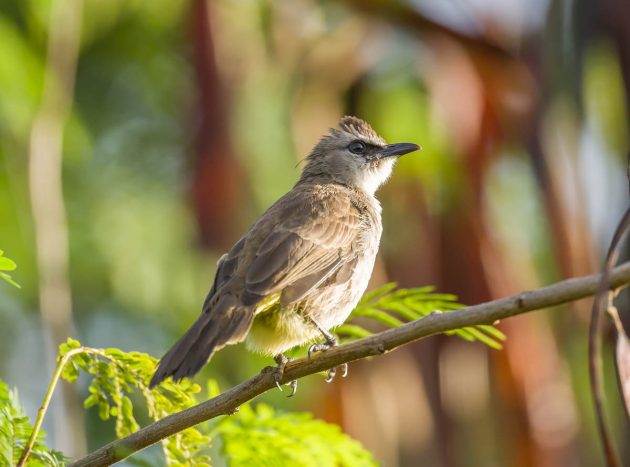
Somewhat disappointingly, Yellow-vented Bulbuls are not attracted to the ethanol in fermenting fruit (source). I think I could have worked on some kind of joke based on such an attraction. Not only do these bulbuls feed on the wrong insects, they also do not easily lend themselves to some lame jokes. Disappointing.













Leave a Comment